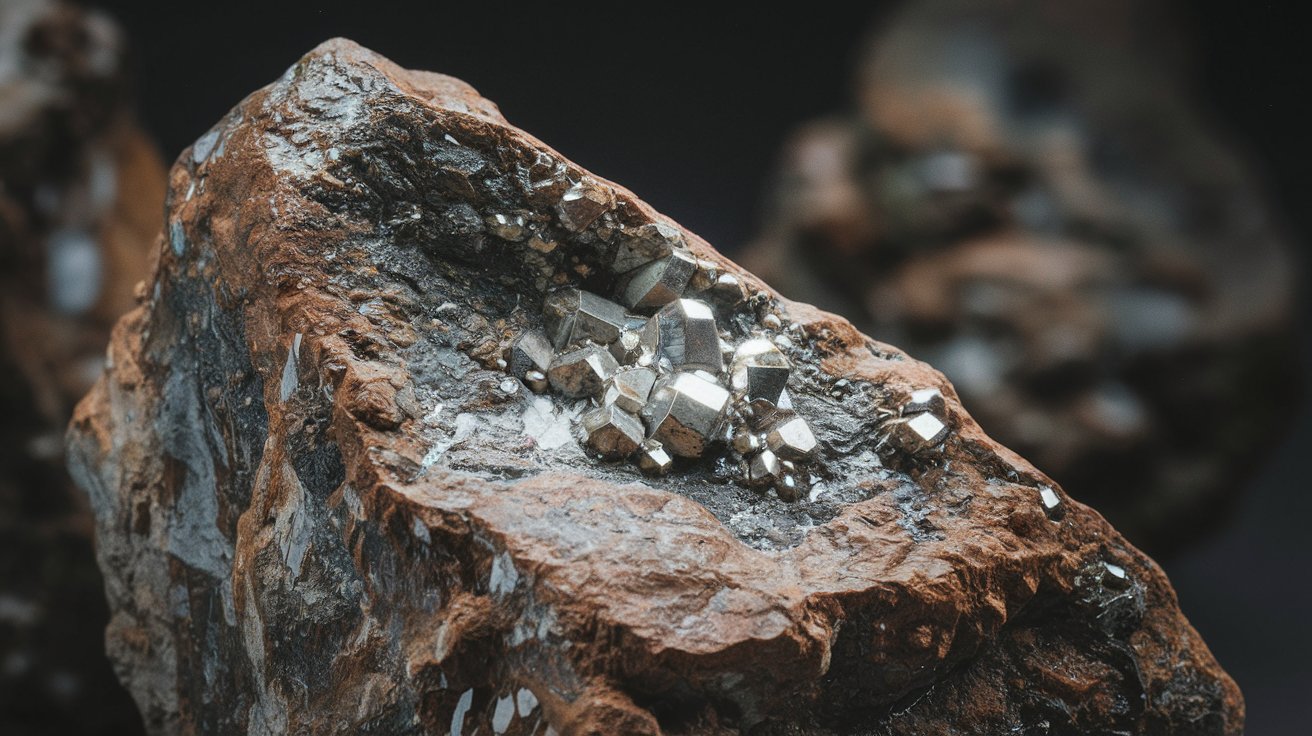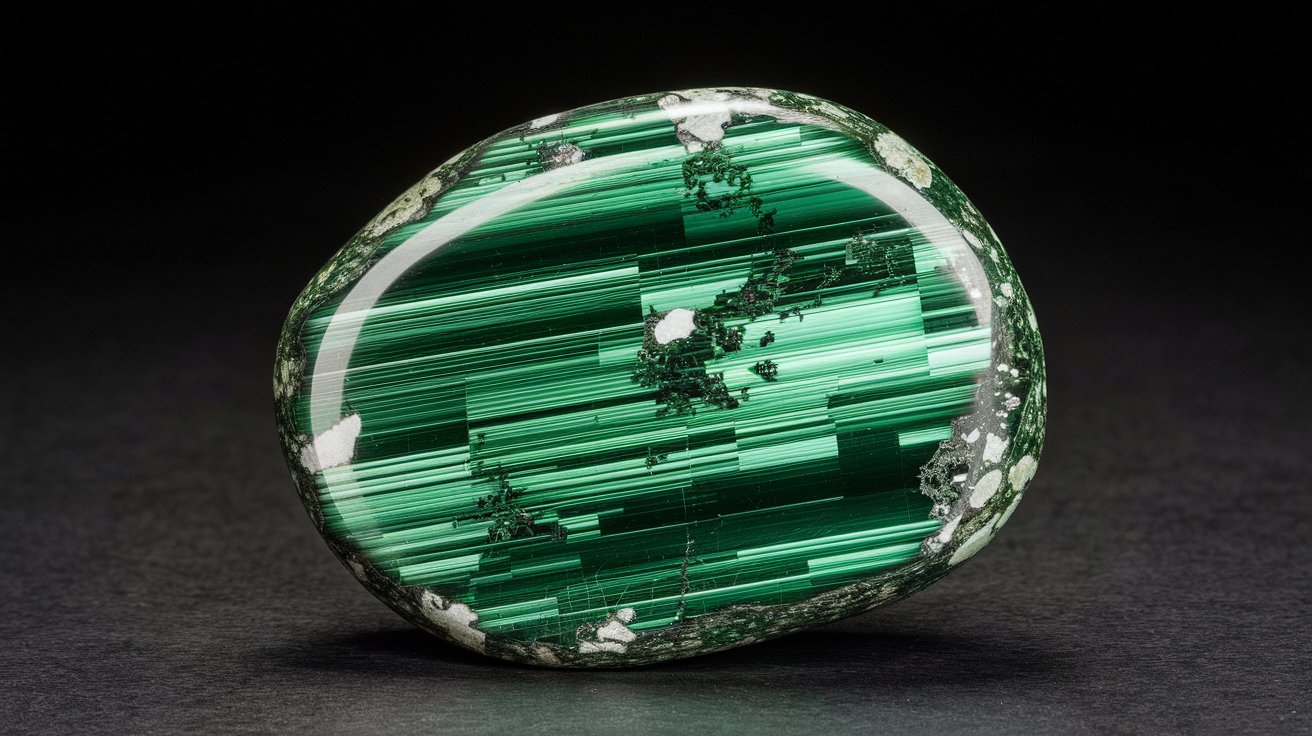
What makes Altaite so special? Altaite, also known as lead telluride, is a rare mineral with a unique blend of properties that captivate both scientists and collectors. Discovered in 1845 in the Altai Mountains, this mineral's chemical formula is PbTe, combining lead and tellurium. Its isometric crystal structure, metallic luster, and high density set it apart from other minerals. Altaite's rarity and formation through hydrothermal processes make it a prized find. Found in locations like Kazakhstan, Mexico, and Chile, it often associates with gold and other sulfide minerals. Whether you're interested in its geological significance or its striking appearance, Altaite offers a fascinating glimpse into the world of minerals.
Key Takeaways:
- Altaite, a rare mineral, was discovered in the Altai Mountains in 1845. Its name is derived from this location, and its unique properties make it highly prized by collectors and scientists alike.
- Altaite's high density, metallic luster, and fluorescence under UV light make it visually appealing and sought after by mineral collectors. Its rarity and unique properties continue to intrigue scientists and collectors, adding to its historical and scientific significance.
Discovery and Naming of Altaite
Altaite, a rare mineral, has intrigued scientists and collectors alike. Its unique properties and fascinating history make it a subject worth exploring.
- Discovery and Name: Altaite was first discovered in 1845 in the Altai Mountains. The name "altaite" is derived from the Altai Mountains where it was initially found.
Chemical and Physical Properties
Understanding the chemical and physical properties of altaite helps in identifying and studying this mineral.
- Chemical Formula: The chemical formula for altaite is PbTe, indicating that it is composed of lead and tellurium.
- Crystal Structure: Altaite has an isometric crystal structure, meaning it crystallizes in a cubic system. It belongs to the hexoctahedral class (m3m) and has a space group of Fm3m.
- Color and Appearance: Altaite typically appears as a tin-white to yellowish white mineral. Over time, it can tarnish to bronze yellow, altering its appearance.
- Crystal Habit: Altaite can form in various crystal habits, including cubic and octahedral crystals. However, it is more commonly found in massive and granular forms.
- Cleavage: Altaite exhibits perfect cleavage in three directions, forming cubes. This characteristic is due to its isometric crystal structure.
- Fracture: The fracture of altaite is uneven, which is typical for minerals with a metallic luster.
- Hardness: Altaite has a Mohs hardness of 2.5 to 3, indicating that it is relatively soft compared to other minerals.
- Luster: The luster of altaite is metallic, contributing to its shiny appearance.
- Streak: When scratched, altaite leaves a black streak on the surface, indicating its composition of lead and tellurium.
- Specific Gravity: Altaite has a specific gravity of 8.2 to 8.3, unusually high for a light-colored mineral. This high density is due to the heavy elements lead and tellurium.
Occurrence and Formation
Altaite's rarity and formation process make it a mineral of significant interest.
- Occurrence: Altaite can be found in various locations around the world, including the Altai Mountains, Zyryanovsk in Kazakhstan, the Ritchie Creek Deposit in Price County, Wisconsin, the Koch-Bulak gold deposit in Kazakhstan, Moctezuma in Mexico, and Coquimbo in Chile.
- Association with Other Minerals: Altaite is commonly associated with other telluride minerals such as galena, gold, and other sulfide minerals. It often forms in hydrothermal veins and is part of complex mineral assemblages.
- Formation Process: Altaite forms through the hydrothermal process, where hot water rich in minerals flows through rocks and deposits minerals. It can also form through the alteration of other minerals.
Unique and Notable Properties
Altaite's unique properties set it apart from other minerals.
- Rarity: Altaite is considered a rare mineral due to its limited occurrence and the specific conditions required for its formation. Its rarity makes it highly prized by mineral collectors.
- Unique Properties: One of the unique properties of altaite is its high density, unusual for a light-colored mineral. This property, combined with its metallic luster, makes it stand out among other minerals.
- Metallurgical Importance: Altaite has been studied for its potential use in metallurgy. Its composition of lead and tellurium makes it an interesting material for research in semiconductor technology and other applications.
Geological and Paragenetic Context
The geological environment and paragenetic modes of altaite provide insights into its formation and associations.
- Geological Environment: Altaite typically forms in environments where hydrothermal activity is present. It can be found in veins and deposits associated with gold and other sulfide minerals.
- Paragenetic Modes: Altaite often forms in paragenetic modes with other minerals such as calaverite, native gold, and frohbergite. These associations provide valuable information about the geological history of the deposit.
Reflectance and Crystallographic Forms
Reflectance spectra and crystallographic forms help in identifying altaite in mineral samples.
- Reflectance Spectra: Altaite exhibits specific reflectance spectra, which can be used to identify it in mineral samples. The reflectance levels at different wavelengths provide a unique signature for this mineral.
- Crystallographic Forms: Altaite can form in various crystallographic forms, including small cubes and octahedra. However, it is more commonly found in massive and granular forms due to its high density and tendency to cleave.
Morphology and Impurities
The morphology and impurities in altaite add to its complexity and variation.
- Morphology: The morphology of altaite varies, with it rarely occurring in very small cubes and octahedra. It often forms massive aggregates and granular masses, particularly in association with other sulfide minerals.
- Impurities and Variations: Altaite can contain impurities such as silver, gold, copper, iron, selenium, and sulfur. These impurities can affect its color and other properties, leading to variations in its appearance.
Formation in Quartz and Fluorescence
Altaite's formation in quartz and its fluorescence under UV light make it visually appealing.
- Formation in Quartz: Altaite often forms inclusions within quartz crystals. This unique formation makes it a prized possession for mineral collectors and adds to its visual appeal.
- Fluorescence: Altaite exhibits fluorescence under UV light, glowing a bright blue-green. This property makes it stand out in mineral collections and adds to its allure.
Collectibility and Uses
Altaite's rarity and beauty make it a sought-after mineral for collectors and decorative uses.
- Metaphysical Properties: While not scientifically proven, altaite is believed to have metaphysical properties. It is sometimes used in meditation practices to enhance spiritual awareness and promote emotional healing.
- Collectibility: Altaite is highly prized by mineral collectors due to its rarity and unique properties. Its vibrant appearance and high density make it a sought-after specimen for collectors.
- Jewelry and Decorative Uses: Altaite is occasionally used in jewelry, particularly in pendants and earrings. Its beauty and rarity make it a valuable material for decorative pieces.
Historical and Scientific Significance
Altaite has a rich history and continues to be a subject of scientific study.
- Historical Recognition: Altaite was officially recognized and named in the mid-19th century. Its discovery and naming have been documented in various mineralogical records.
- Scientific Studies: Altaite has been the subject of several scientific studies, including its crystal structure, reflectance spectra, and paragenetic modes. These studies provide valuable insights into its formation and properties.
Altaite's Unique Charm
Altaite, or lead telluride, stands out for its rarity and distinctive properties. Discovered in the Altai Mountains in 1845, this mineral's chemical formula is PbTe. Its isometric crystal structure and metallic luster make it visually striking. With a Mohs hardness of 2.5 to 3, it's relatively soft but dense, boasting a specific gravity of 8.2 to 8.3. Found in places like Kazakhstan, Mexico, and Chile, altaite often associates with other telluride minerals. Its formation through hydrothermal processes adds to its allure. Collectors prize altaite for its high density and vibrant appearance. Occasionally used in jewelry, its fluorescence under UV light adds a unique touch. Whether you're a mineral collector or just curious, altaite's blend of beauty and scientific significance makes it a fascinating subject.
Frequently Asked Questions
Was this page helpful?
Our commitment to delivering trustworthy and engaging content is at the heart of what we do. Each fact on our site is contributed by real users like you, bringing a wealth of diverse insights and information. To ensure the highest standards of accuracy and reliability, our dedicated editors meticulously review each submission. This process guarantees that the facts we share are not only fascinating but also credible. Trust in our commitment to quality and authenticity as you explore and learn with us.


